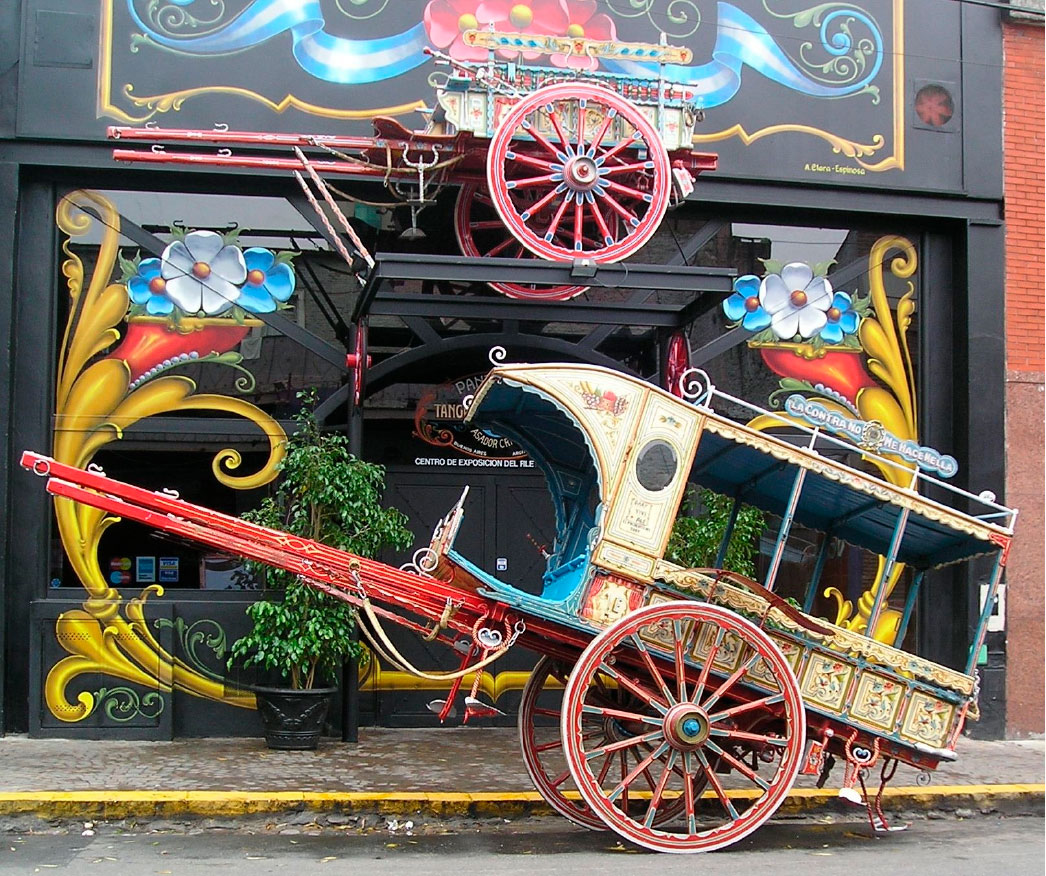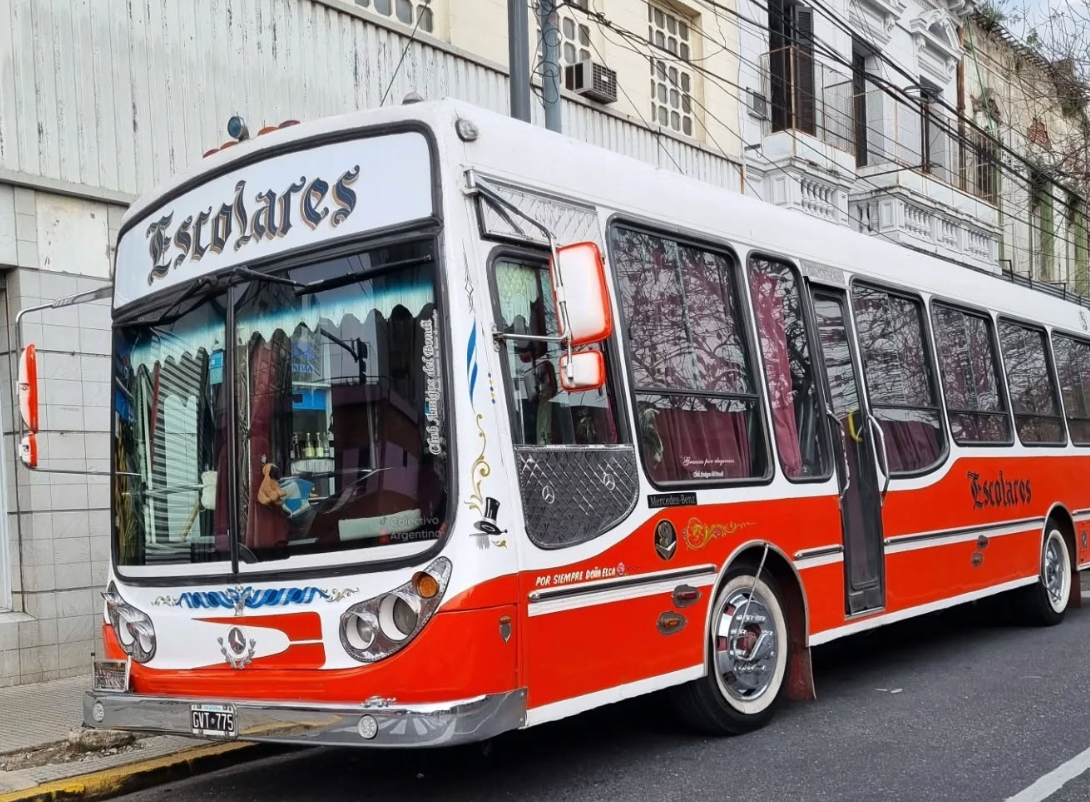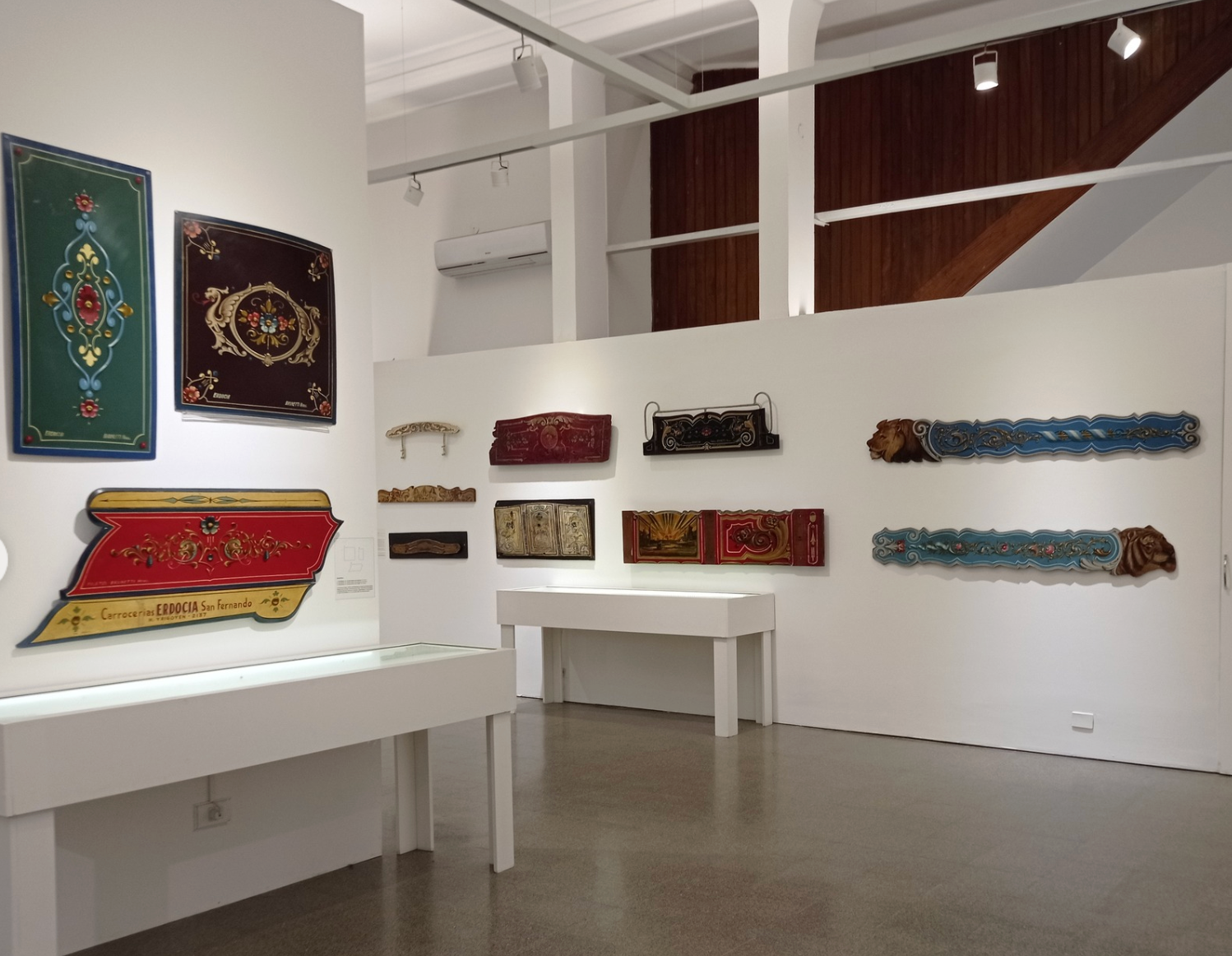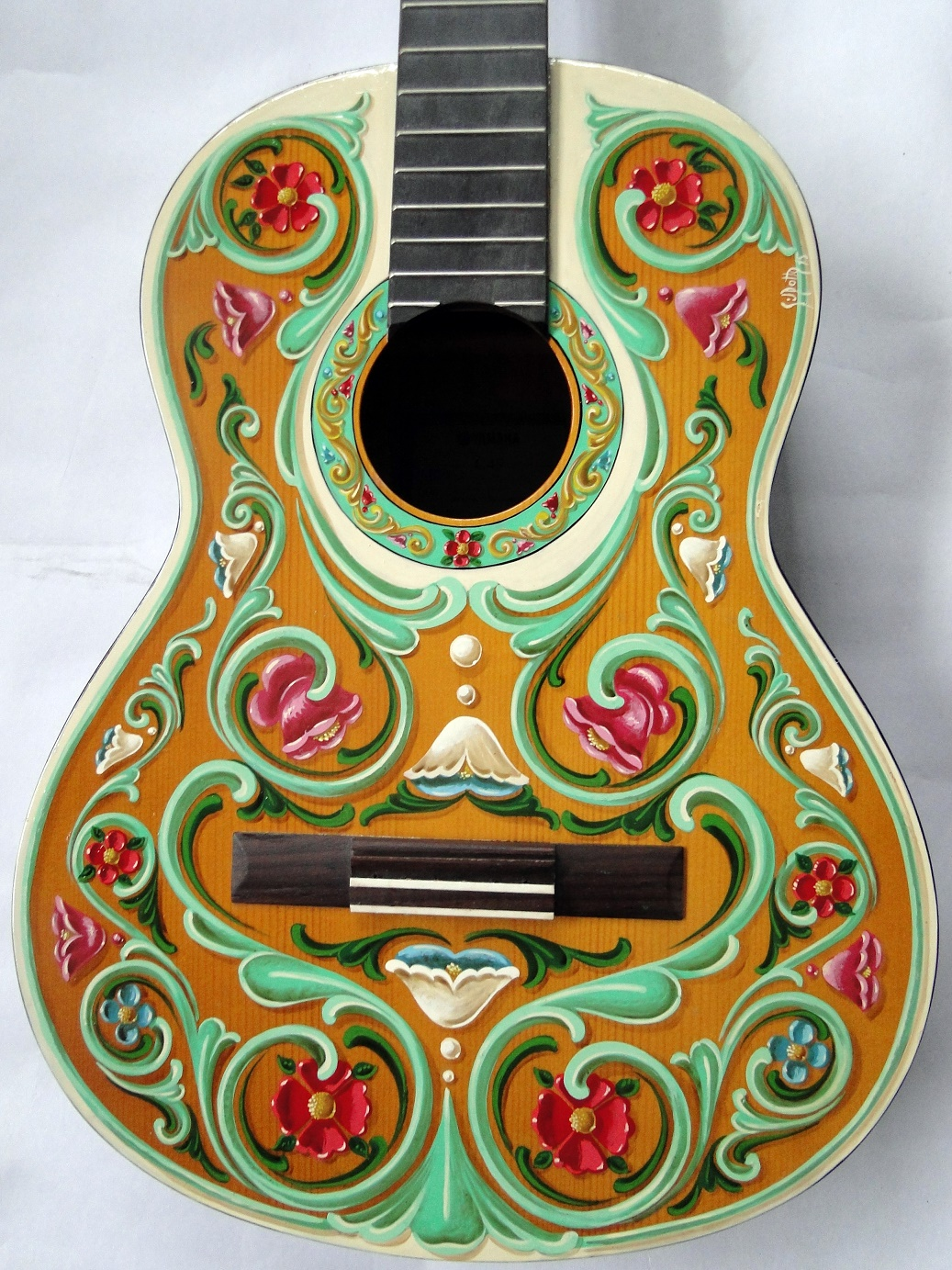Can drunkenness ever be holy? Brady examines the employment of drunkenness as a motif for both spiritual admonition and encouragement in the writings of the Church Fathers and the visual propagation of these teachings through early modern depictions of Noah and His Sons.
For those who are not from Argentina, fileteado porteño might not be as easily recognizable as other Argentine cultural elements such as tango, fútbol, or dulce de leche. This art form mixes swoopy calligraphy, nature motifs, and national Argentine symbols, such as the flag and its colors. It originated in the late 19th century from the hands of Italian immigrants in Argentine ports. Many painters from Northern Italy had experience painting signs or flourishes on the walls of high-class homes. In search of jobs in Argentina, they found merchants who transport goods and animals around markets with grey wooden carts. The artisans often advertised their designs to merchants who wanted their wagons to stand out from the rest and attract wealthy customers.
Thus, the early fileteadores drew inspiration from European baroque and scrollwork styles, which were believed to be visual markers of elegance and refinement. They utilized vibrant leftover boat paint from the ports of Buenos Aires. This style had the benefit of speed, as, in contrast to traditional French painted embellishments which took weeks to finish, this work took minutes. This is due to the opaque, fast-drying enamel paint, instead of oil paints, and flat brushes that allowed for confident strokes. It soon spread to advertisements, billboards, and storefronts, as prosperous merchants sought attention-grabbing designs to bring in more customers. When wagons became unpopular, this style progressed to public transportation, growing and reaching its peak in the early 1970s.

Growing up in Buenos Aires, I took fileteado for granted; I assumed it had always been there and would always remain. Its curved lines, floral motifs, and gothic typography adorned the entire city, from the bus on my way back from school to the graffiti on the streets. From my memory, it usually included the name of the bus driver’s wife, their fútbol team, or a personal mantra, many times religious, in lively-colored lettering with extravagant flourishings. In a sense, it depicted the pillars of Argentine society: family, religion, and fútbol. I was not aware, however, of its larger political history.
Fileteado was banned in Argentina from 1975 to 2006; the military authoritarian government had stated that the ornate design would distract drivers. Nevertheless, distraction was likely not the only cause for the ban; fileteado was also used to express political views, including the disappearance of those who had spoken against the government and admiration for certain politicians or prominent figures. During the ban, many fileteadores, artists who specialized in this style, switched to other art forms or retired from their craft, leaving this characteristically Argentine design on the cusp of extinction. Even after the military group was no longer in power, the ban persisted.

A small group of artists and the Association of Fileteadores took action in the early 2000s to re-popularize the technique. They focused on mentoring younger artists and advocating for the revitalization of the art form. This group grew, mentored more artists, and advocated for the ban to be lifted. They brought the issue to the attention of the democratically elected government. In 2006, the Buenos Aires City Legislature recognized fileteado porteño as an essential part of the city’s cultural heritage. The work of these artists mentoring the younger generation is what made the difference between the art style re-emerging or disappearing forever.
In La Nación Magazine, Ricardo Gómez, fileteador from Buenos Aires, described the filete like a virus: “Once you get stung, you will never get rid of it.” He shared that before its revival, the style was reserved for men. It was usually done in a mechanic's shop or through personal connections with bus drivers. In the early 2000s, he was told, “Once you [fileteadores] die, the filete dies with you.” He began teaching to stop this from happening. He tells the story that when he arrived at his first class, ten women were waiting. He told them that the cooking class was somewhere else, but they insisted, and to this day, he believes the best fileteadores are women and that they are the reason the style is still alive.
The fileteadores’ efforts paid off when, in 2015, the fileteado was inscribed as a UNESCO Intangible Cultural Heritage. Ever since, fileteado has flourished in the city. Artists have developed fileteado tours and courses for tourists to learn about the art form. Double-decker tour buses now sport the embellished designs like a badge of honor. The government has sponsored murals across the city in its style; it is everywhere you look. The fileteado went from being viewed as an urban, unrefined distraction to being showcased as a source of Argentine pride. Museums began doing exhibitions such as the "Del Carro al Cuadro. La historia del fileteado porteño" (From the Wagon to the Frame. The history of the fileteado porteño) at the Casa de los Querubines Museum (colloquially known as the Buenos Aires Museo). In these exhibitions, the design was elevated, and the artists behind it were praised for their flourishes.

In September 2025, an exhibition of filetes at the Palacio Libertad (a government-run cultural center) included 160 pieces in the style, honoring the tenth anniversary of its UNESCO declaration. However, the exhibition was suspended. The Secretary of Culture flagged four pieces for their political content. The Association of Fileatadores responded: “If they want to take one away, we take them all away.” The filete artists claimed that it was a case of censorship. The Secretary of Culture denies the allegations and states that the pieces incited violence and that it was the association that decided to suspend the entire exhibition, when they had only flagged four pieces. The event took place at a private venue, the Ernesto Sabato Cultural Center, a few days later, and it was re-titled as "In the face of censorship: we multiply."
The fileteado is relevant as ever in Argentine popular culture, and it keeps evolving as time goes by. The style has transgressed public transport and street walls and has now entered the realm of household objects, tattoos, and digital art. This art form is now synonymous with Argentine culture, and any blank area can now be adorned to represent the love for the nation’s traditions, from working-class wagons to fine arts museums, and from prohibition to renown. The filete is here to stay, and it is both an art to be preserved and to evolve as time passes.

(Cover Image: Fileteado design on the walls of Buenos Aires, via Argentina.travel)





